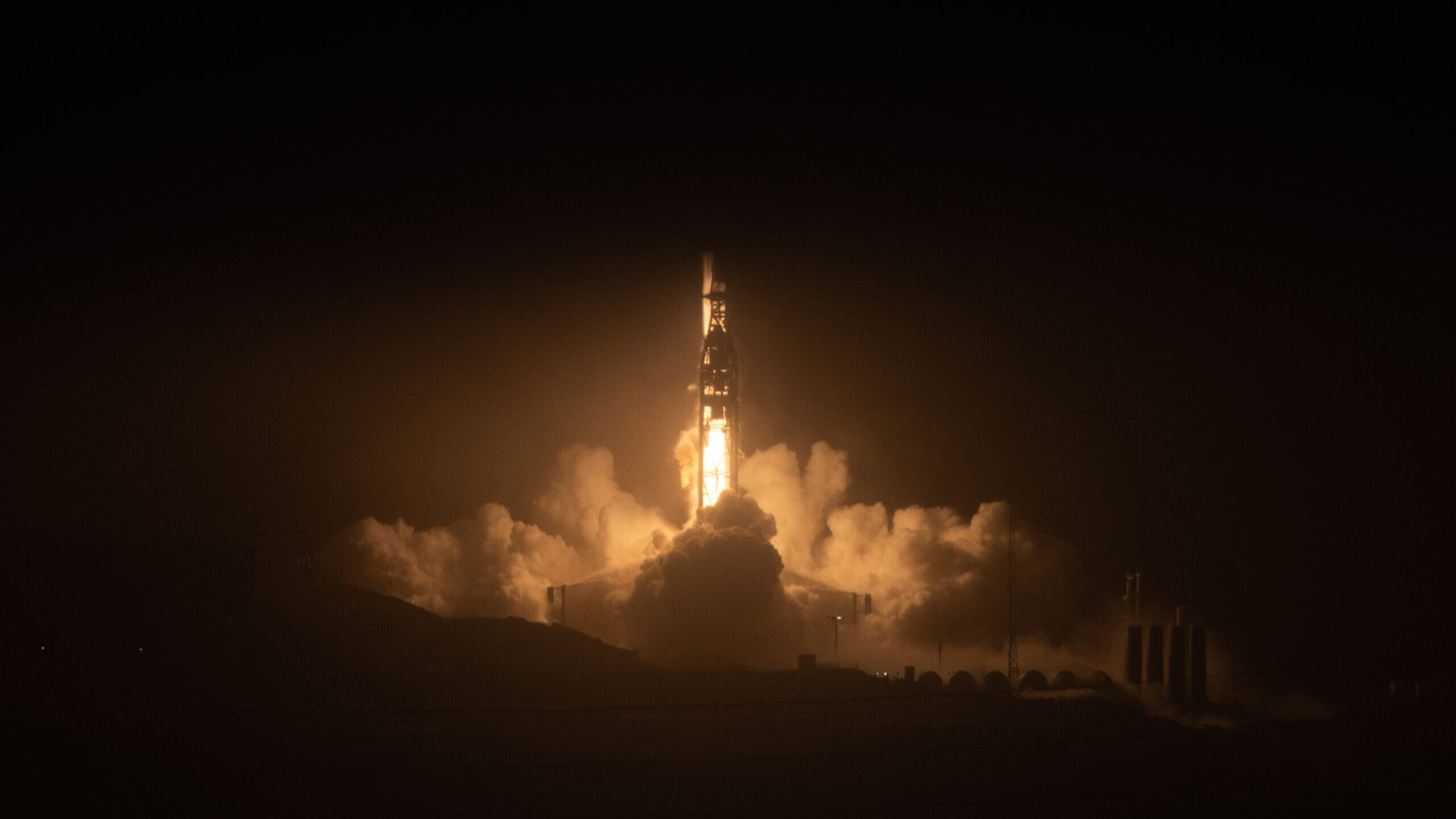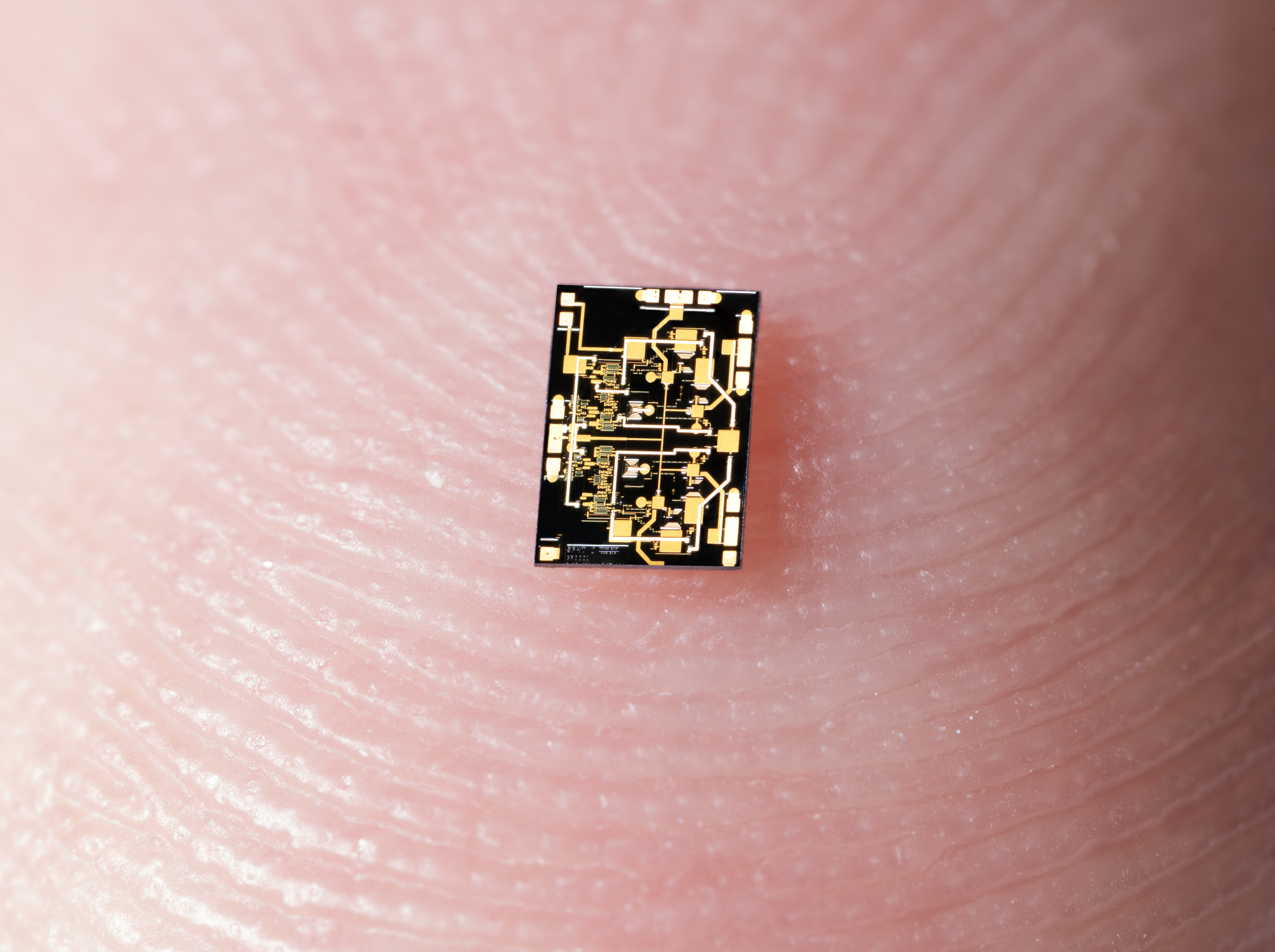
WASHINGTON — The Space Force’s acquisition command today announced that it has awarded contracts to launch 12 new satellite payloads into orbit — six each to SpaceX and United Launch Alliance — for national security missions, including two spy satellites for the National Reconnaissance Office (NRO).
In addition to the spy sats, the launches will loft two classified Space Force satellites, dubbed USSF-31 and USSF-114, as well as a total of seven satellites to low Earth orbit for the Space Development Agency’s data relay network and its missile warning/missile tracking constellation. The eighth upgraded GPS III satellite in a planned Space Force constellation of 10 will also go up.
The launches are being manifested under the National Security Space Launch (NSSL) Phase 2 program, managed by Space Systems Command. While contracted using fiscal 2023 funds, the launches will take place in 2025, as NSSL is always planning launches two years in advance. The Space Force got $1 billion from Congress in FY23 for NSSL, and requested a whopping $2.1 billion for FY24.
ULA and SpaceX nabbed the hard-fought NSSL Phase 2 awards in 2020, under an indefinite delivery/indefinite quantity award covering all Space Force and NRO launches between 2022 and 2027. Though this launch tranche is split down the middle, ULA was awarded a 60 percent share of all the launches, and SpaceX 40 percent. While the Space Force traditionally has been coy about launch costs, the Phase 2 program is estimated to be worth billions.
ULA’s Vulcan Centaur rocket, however, is years behind schedule. The company announced today that it “successfully conducted a booster engine flight readiness firing,” that brings qualification testing “up to 98 percent complete.” Vulcan’s Centaur needs to make two orbital flights to qualify for the NSSL launches, with a first one expected before the end of the year.
SSC did not seem concerned with the timeline. “ULA and SpaceX continue to provide outstanding launch services with their reliable and innovative launch systems, and we are confident in their ability to maintain the unprecedented 100 percent program success for the NSSL missions assigned for launch in FY25,” said Col. Chad Melone, SSC’s chief of the Launch Procurement and Integration Division, in a press release.
Specifically, the new launch assignments are as follows:
- NRO’s NROL-64, launching onboard ULA’s Vulcan rocket from the Eastern range, at Cape Canaveral Space Force Station in Florida.
- NROL-83, launching using ULA’s Vulcan rocket from the Western range, at Vandenberg SFB in California.
- Four SDA Tranche 1 Transport Layer launches, using SpaceX’s Falcon 9 rockets from the Western range into polar orbit.
- Three SDA Tranche 1 Tracking Layer launches, using ULA’s Vulcan and SpaceX’s Falcon 9 rockets from the Western range into polar orbit.
- The GPS III-8 mission, assigned to launch onboard a ULA Vulcan rocket from the Eastern range into a medium Earth transfer orbit.
- USSF-31, launching onboard a SpaceX Falcon rocket from the Eastern range.
- USSF-114, using a ULA Vulcan rocket from the Western range.

